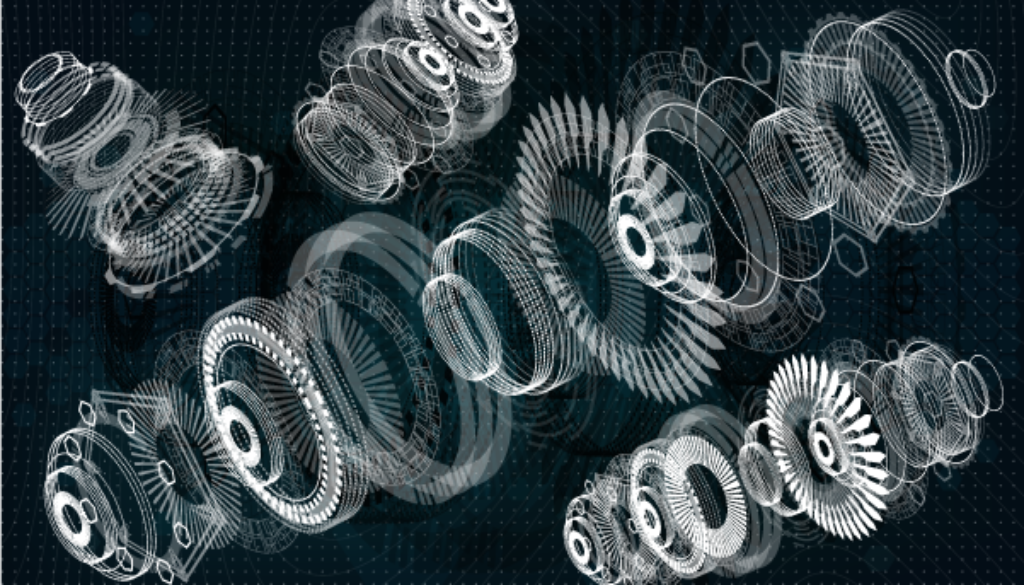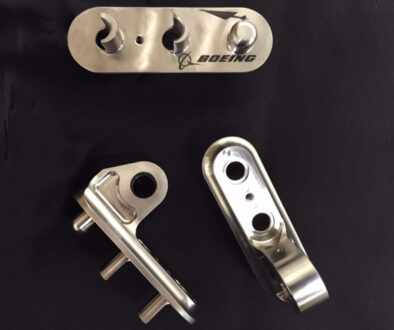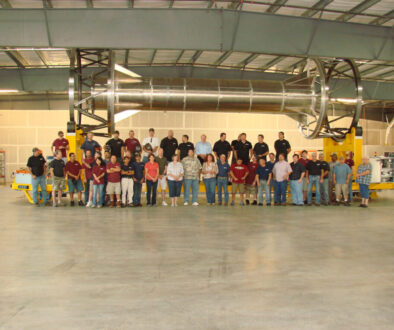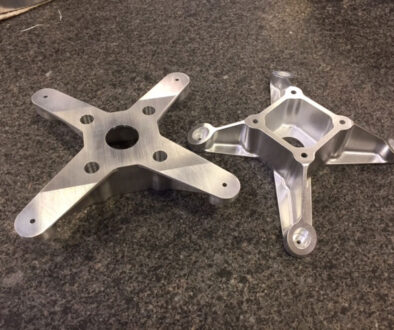Machine Learning in Manufacturing
How Machine Learning is Applied in Modern Aerospace Manufacturing
Machine learning is an increasingly integral tool within the modern aerospace manufacturing space. When it comes to fabricating high-precision products with complex designs, this expertise provides today’s aerospace manufacturers with a streamlined means of product development, along with more efficient and reliable manufacturing processes to follow.
Below, we take a look at some of the emerging use cases for machine learning in manufacturing. While Snowline Engineering doesn’t always employ such tools for every custom fabrication project, it’s nevertheless interesting to explore what new production possibilities machine learning and AI are bringing into the factory.
Machine Learning and AI in Aerospace Product Design
To an extent, product design has been partially automated for decades – ever since the use of CAD and other digital design tools rose to prominence. Modern machine learning algorithms take automation in aerospace design to the next level.
An increasing number of aerospace product developers are turning to machine learning programs for iterative design. It’s essentially a form of digital prototyping. AI algorithms are able to generate multiple design options based on a set of performance criteria. That allows engineers to more easily explore unconventional designs, potentially developing new product innovations or more efficient ways to make their current products.
From AI to CNC Systems and Robotics
Following product development, these models are used to simulate and optimize the actual manufacturing process.
In simulation programs, the goal is often to spot production line issues or bottlenecks early, streamlining the setup process to follow. In machine monitoring programs, AI algorithms provide real-time feedback and adjustments to ensure that production stays within tolerance levels. For example, machine learning algorithms optimize cutting paths for laser cutting, bending, and punching machines, reducing material waste and processing time
Machine learning is also commonly used to control robotic systems in the welding and assembly of aerospace sheet metal components. Advanced robotic systems can learn from real-world feedback to improve precision and repeatability, essentially learning how to automatically adapt to changes in part geometry.
Automating the Quality Control Process
Machine learning is also increasingly utilized in aerospace quality control and monitoring processes. AI models can detect subtle defects or deviations from production standards using precise sensor data and analytics. This helps in identifying potential issues before they add significant cost or complexity to the production process.
Quality control systems integrated with automated vision systems automatically inspect fabricated metal parts for defects – everything from structural cracks to small scratches or precise dimensional inaccuracies. As with automated manufacturing, vision systems can harness AI to learn from past errors and improve accuracy over time. More advanced systems for structural health monitoring (SHM) and analysis are also increasingly employed to guarantee the structural integrity of parts.
Machine learning is also employed in general production process monitoring/optimization. By analyzing past production data, machine learning algorithms better predict the likelihood of quality issues in parts, allowing operators to adjust parameters before any defects reach full-scale production.
Superior American Manufacturing for the Aerospace Sector and Beyond
Snowline is one the nation’s leading aerospace engineering and manufacturing companies. In addition to custom fabrication and welding, we offer comprehensive contract manufacturing services designed to streamline your project and simplify your supply chain. Based out of Sacramento, California, our company has served leading aviation and spaceflight customers worldwide since 1966.



